Lachine Canal - Montreal, Quebec In Canada: Overview,Prominent Features,History,Interesting facts
Overview:
: Lachine Canal is a historic canal located in Montreal, Quebec. It was built in the late 1800s to bypass rapids in the Lachine Rapids of the Saint Lawrence River. It ran for 13.5 kilometers from the Old Port of Montreal to Lake Saint-Louis, providing a shortcut through the city for commercial vessels. The canal was used for many years to transport raw materials, including timber and grains, and it also served as an important link in the development of Montreal's industrial economy. In 2002, the canal was designated a National Historic Site of Canada. Today, the canal is a popular recreational destination, with parks, walking and cycling trails, water activities, boat cruises, and more. You can learn history, culture, and heritage through these magnificent monuments in Canada
Prominent Features:
1. Boating Lock System: The historic Lachine Canal has a unique set of locks which allow boats to pass from one level to another. 2. Tourist Area: It has become a popular tourist destination, with its attractive scenery. 3. Nature Trails: It has a series of nature trails along the canal offering beautiful views of the area. 4. Historical Connections: It was used by First Nations people, French settlers, and Étienne Brûlé in the 17th century. 5. Location: The canal is located just minutes from downtown Montreal, and is easily accessible by car, bus, or bike. 6. Parks and Recreational Areas: Numerous parks and recreational areas can be found along the banks of the canal. 7. Accessibility: Lachine Canal is wheelchair accessible. 8. Educational Programs: Educational programs are held during the summer months. 9. Historic Sites: The area is rich with historic sites including the Atwater Market, the Turning Basin and the Old Port. 10. Open Water Swimming: In summer, the water is suitable for swimming and other activities such as kayaking and standup paddleboarding. This national monument of Canada portrays the history and culture of the country.
History:
The Lachine Canal in Montreal, Quebec, is a canal passing through the southwestern part of the Island of Montreal that served as an important commercial and industrial route for nearly 150 years. Constructed in 1825, it connected Lake Saint-Louis to the St. Lawrence River. It was part of a larger program of canal construction under the supervision of the British Royal Engineers. The Lachine Canal was the first canal in Canada to make use of locks. In its early days, goods transported through the Lachine Canal included wood, grains, and building materials. The introduction of the railway in the 1880s led to a decline in the canal’s commercial use, but the canal remained an important transportation hub, with passenger ferries operating between the St. Lawrence and the canal. The canal was also important for the industrial development of Montreal. It provided water power for the textile, fishing, and shipbuilding industries, as well as facilities for the storage and transport of goods. At the same time, the area along the canal became a hotspot for recreation and leisure activities, with a popular Bandstand built at the canal entrance in the mid-19th century. In the mid-20th century, the Lachine Canal was referred to as “Canada’s Suez Canal” due to its importance as a transportation link between Montreal and the rest of the country. However, by the late 1970s, the canal had fallen into disrepair and was closed to commercial use. In 2002, the Lachine Canal was re-opened to recreational use after a major restoration and revitalization effort. Today, the canal is a popular recreational destination and site of many festivals. It is also a National Historic Site of Canada, and a favourable spot for bird watching. You must visit one of these historical places in Canada on your Canada tour
Interesting facts:
1. The Lachine Canal is one of Canada’s oldest and most important engineering feats. Opened in 1825, the canal provided a major shortcut for shipping goods between the St. Lawrence River and Lake Saint-Louis. 2. Over two decades, dozens of skilled labourers and hundreds of navvies helped build the 14-mile (22 km) canal, which was completed with the construction of 10 locks. 3. Before the canal was built, goods that originated in or were destined for Montreal had to travel an arduous journey of 450 miles (720 km) around the island via the St. Lawrence River and Lake Ontario. 4. When it was first opened, ships of up to 232 tonnes (220 t) could pass through the canal. Today that weight has increased to 1,360 tonnes (1,235 t). 5. Lachine Canal played an important role in the development of Canada’s industrial heartland in the 19th century, enabling goods to flow between Ottawa and Montreal, Toronto and Quebec City. 6. The canal also enabled the highly successful development of the Canadian bourgeoisie in the 19th century, as merchants, manufacturers and financiers used the relatively easy access it provided to move goods and capital. 7. In 1998, UNESCO added the canal to its list of World Heritage Sites. Visit one of the famous monuments of Canada with your friends and family.
Explore Canada most popular tourist destination with us. Lachine Canal - Montreal, Quebec In Canada: Overview,Prominent Features,History,Interesting facts,which is 35.14 km away from Canada main town, is the most popular destination to add in your travel wishlist.
-
City:
Canada
-
state:
Lachine Canal National Historic Site of Canada, Montreal, Quebec
-
country:
Canada
-
country code:
CA
-
postcode:
837
Location:
Lachine Canal National Historic Site of Canada, Montreal, Quebec Canada
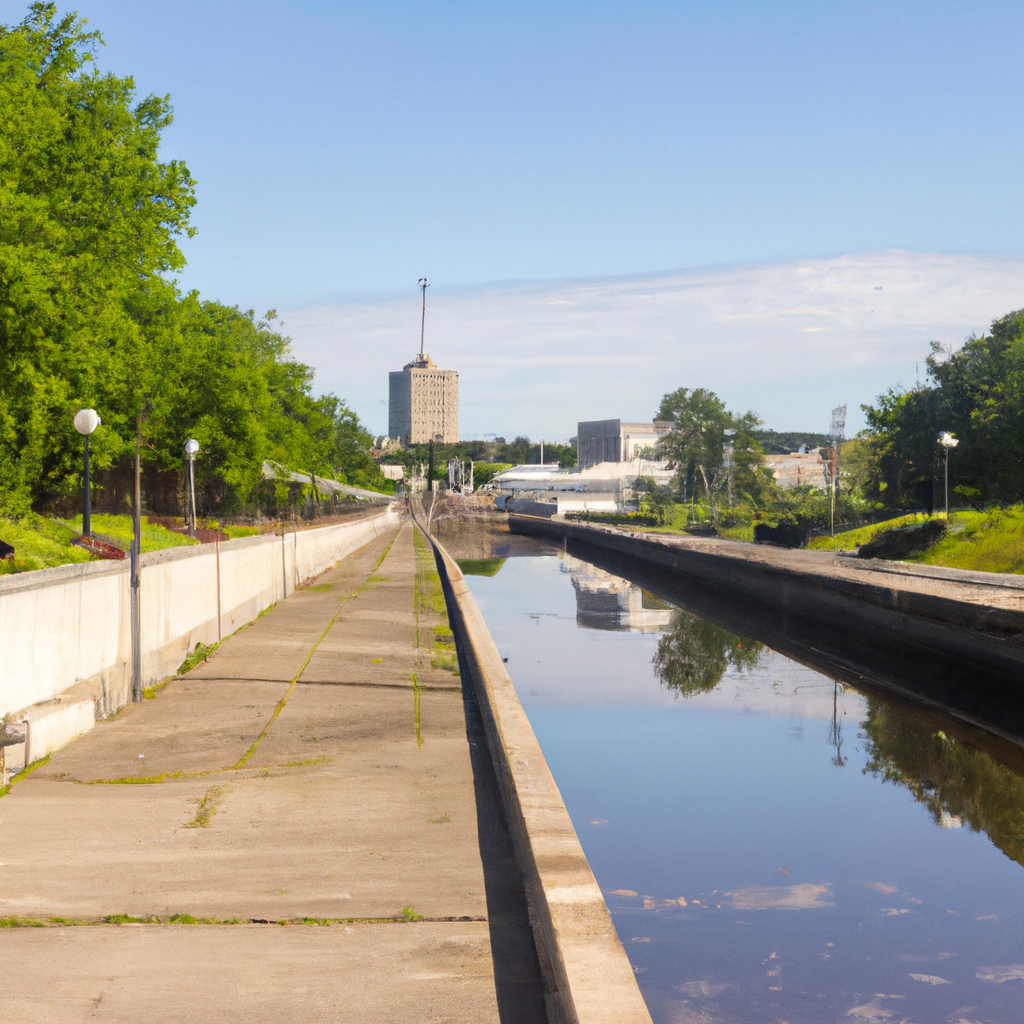
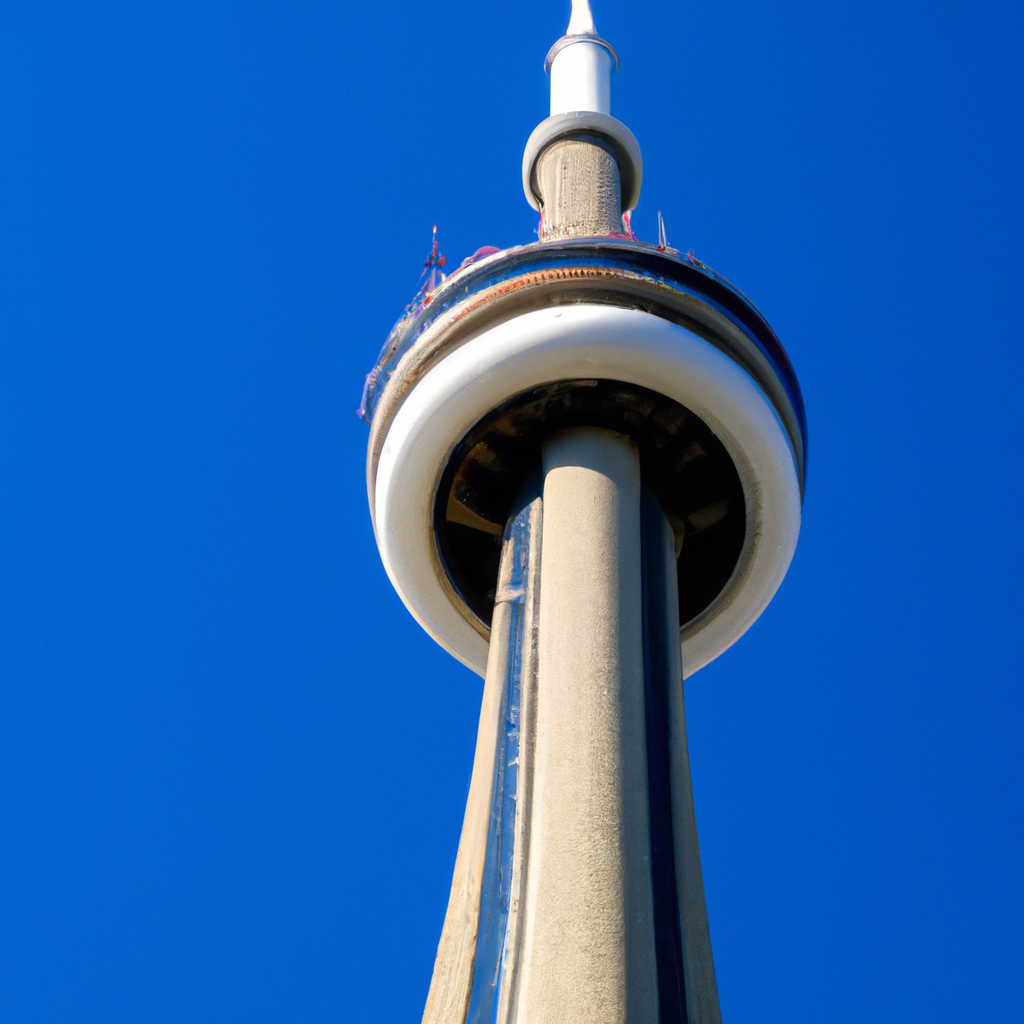
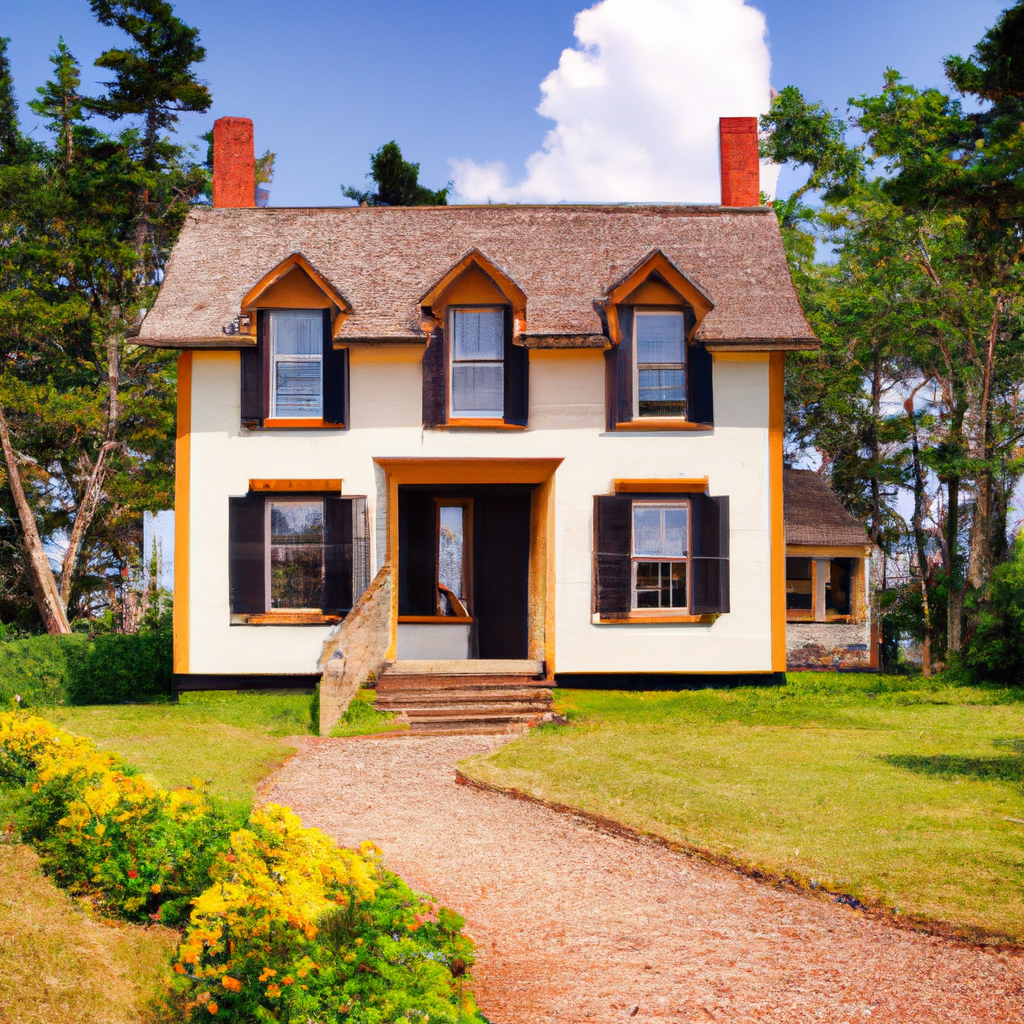
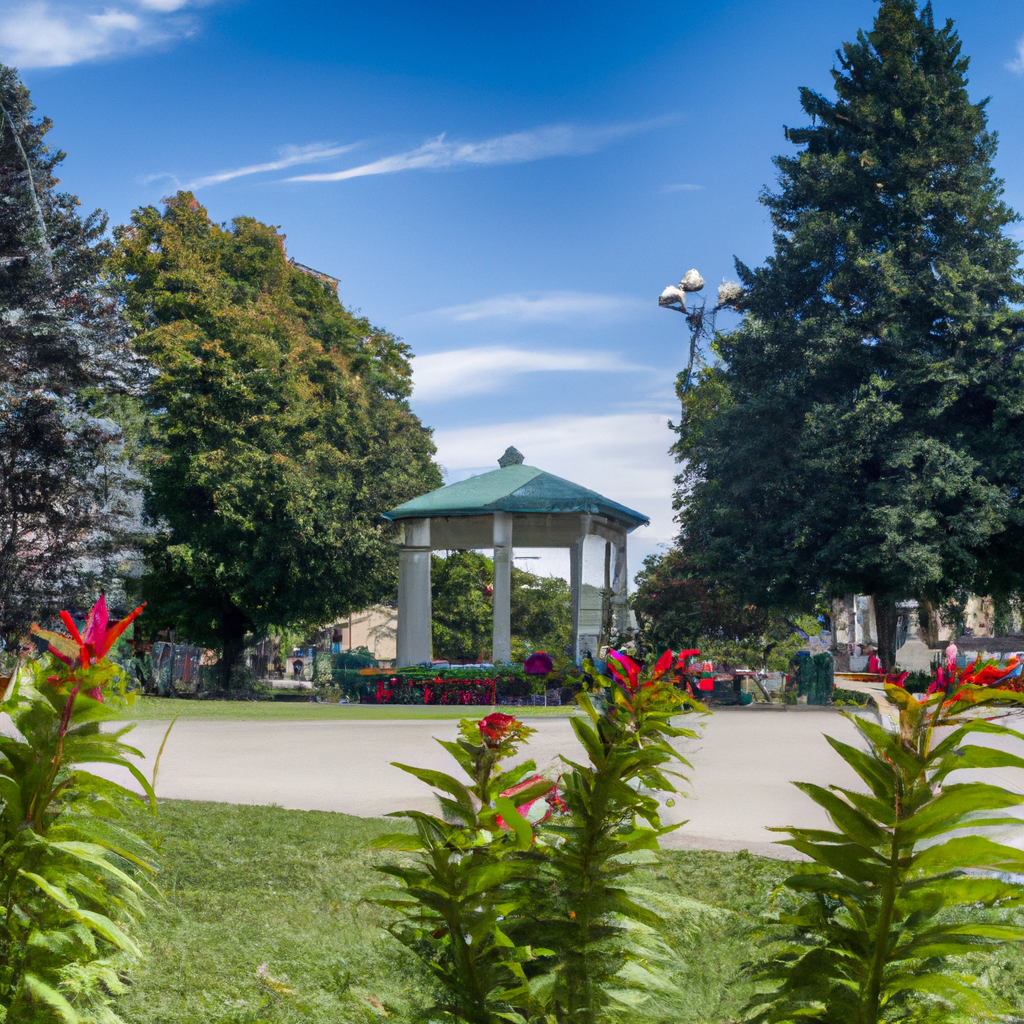
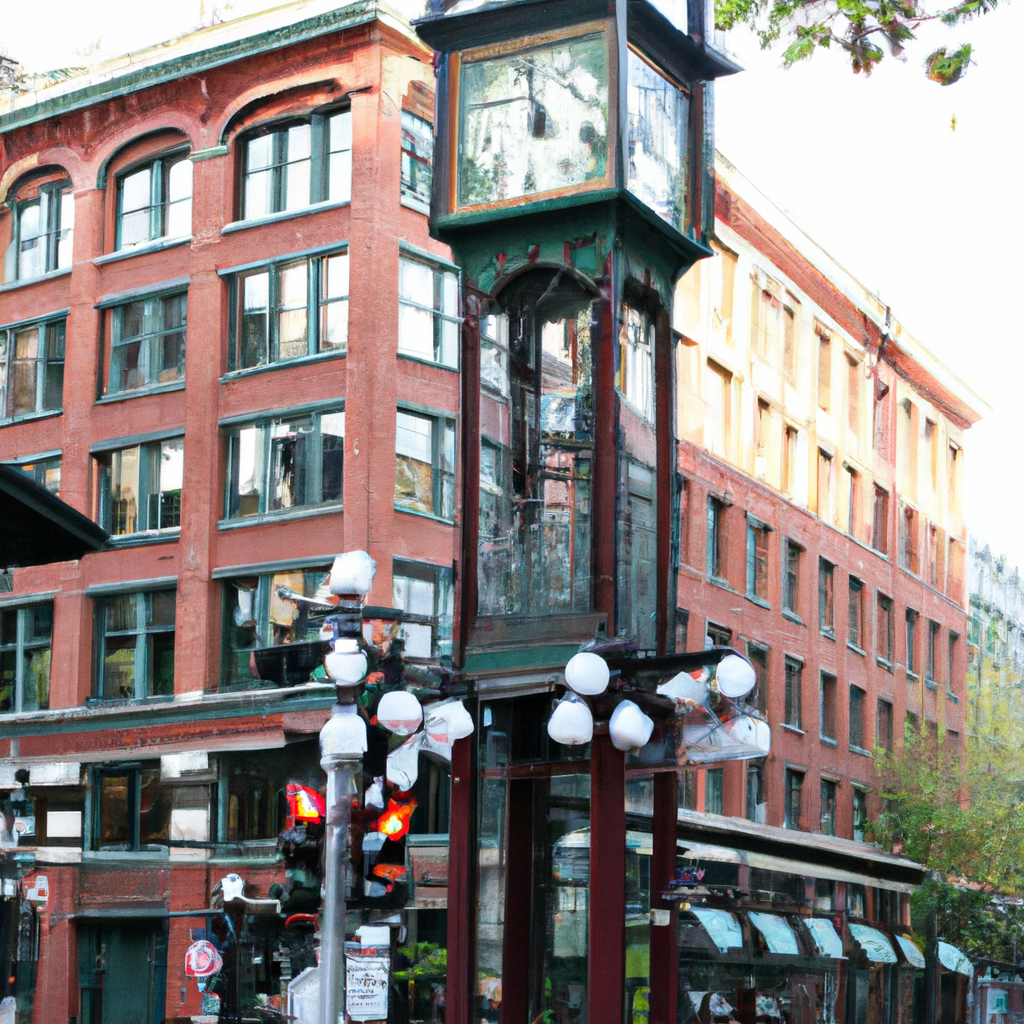
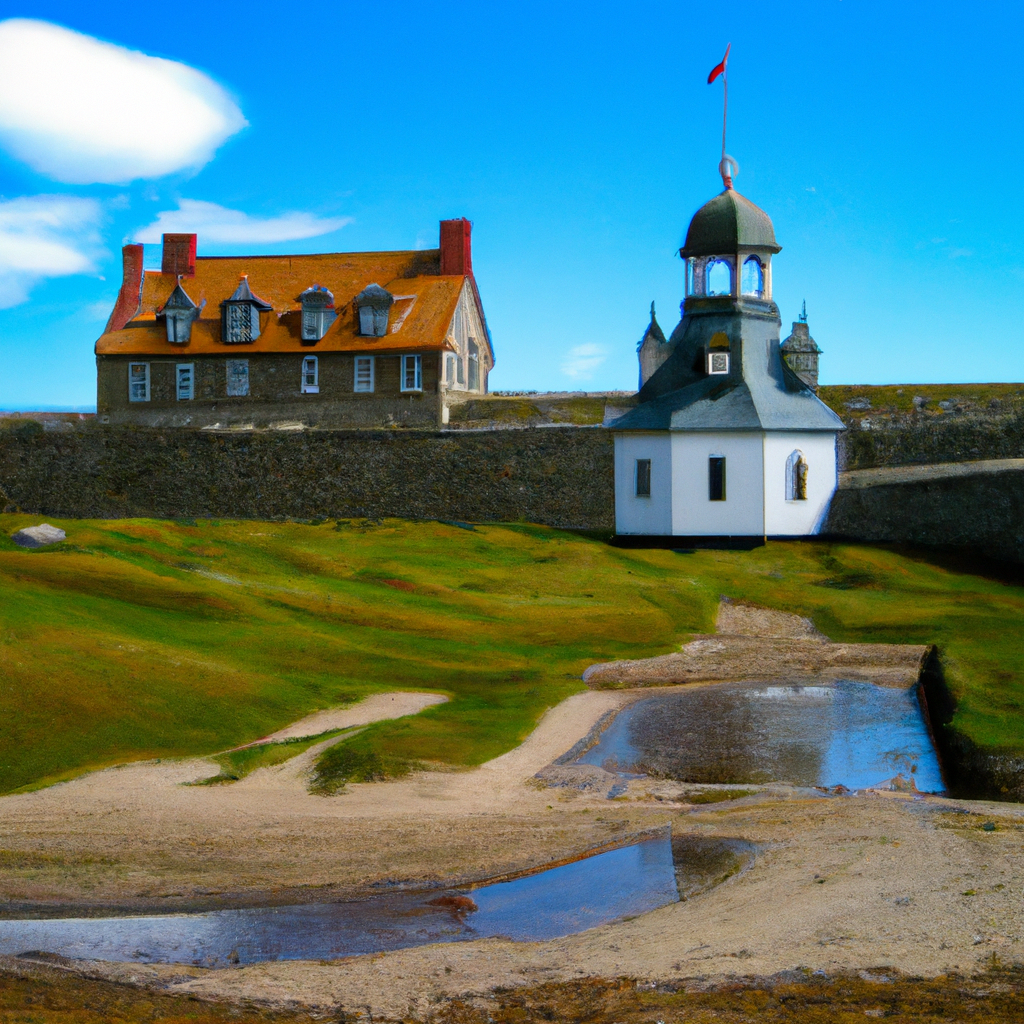
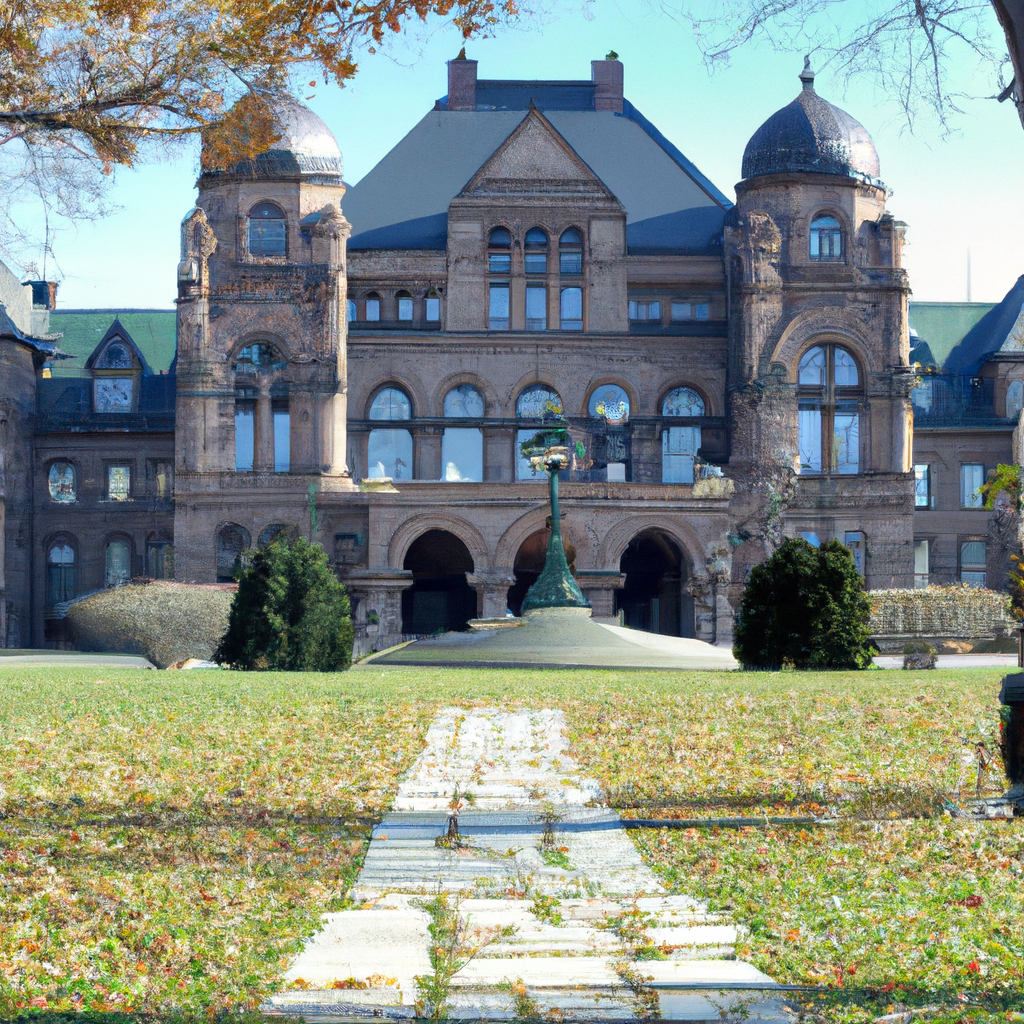



.jpg)





